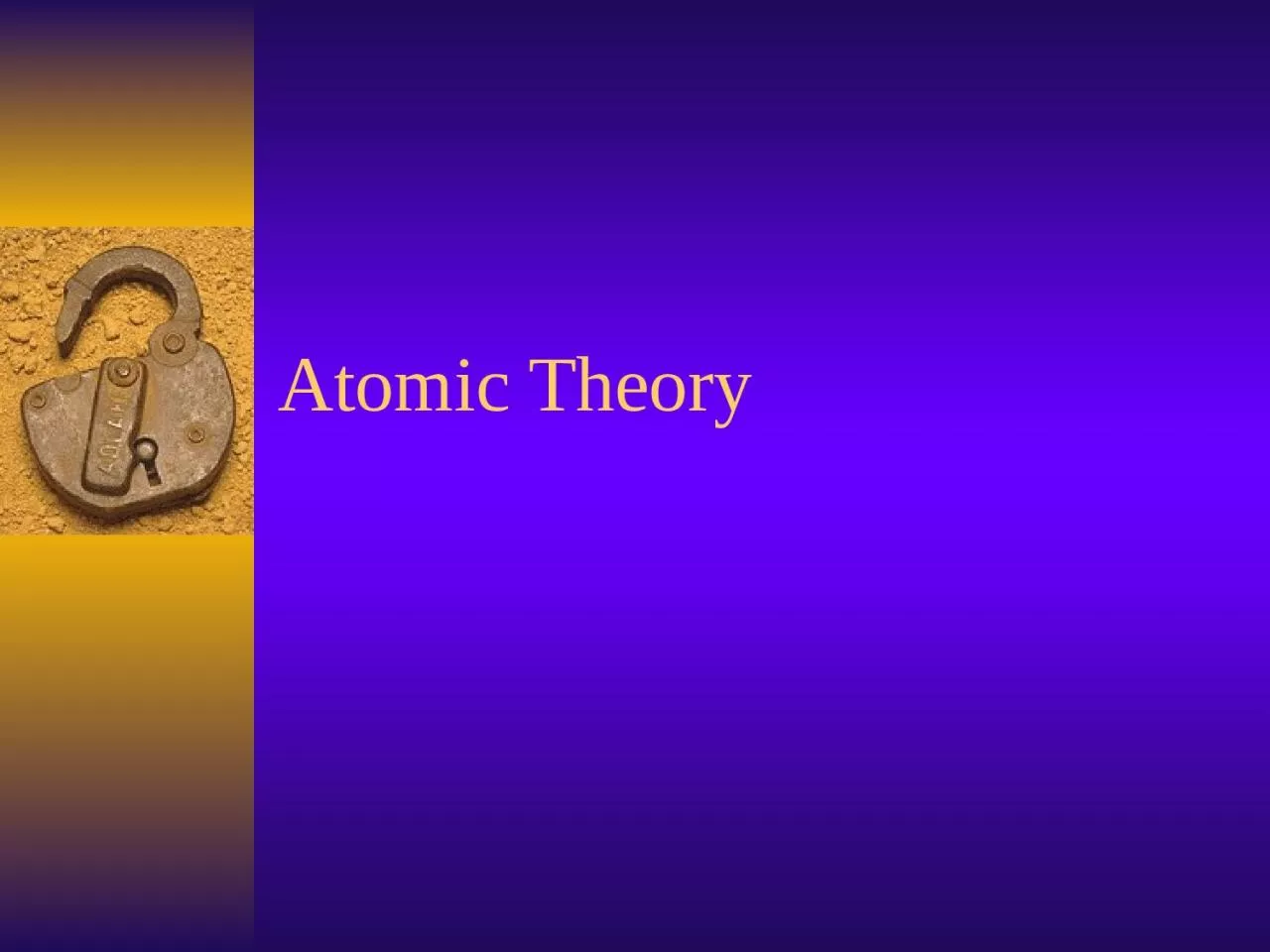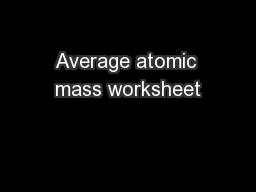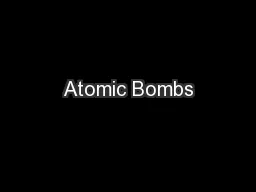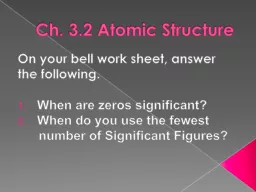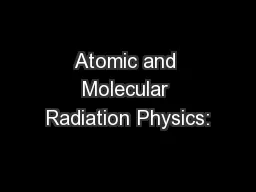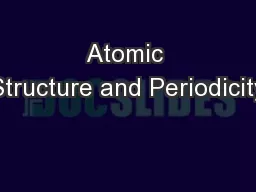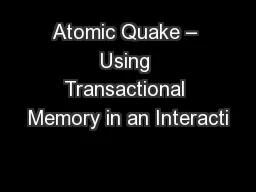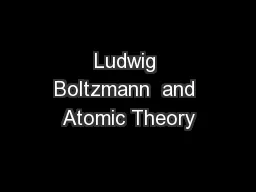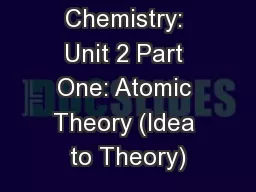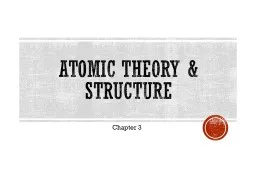PPT-Atomic Theory Atomic Theory
Author : cecilia | Published Date : 2023-11-09
Science is based off of observations A Scientific Law is a summary of what is seen in observations A Scientific Theory is an explanation of why these observations
Presentation Embed Code
Download Presentation
Download Presentation The PPT/PDF document "Atomic Theory Atomic Theory" is the property of its rightful owner. Permission is granted to download and print the materials on this website for personal, non-commercial use only, and to display it on your personal computer provided you do not modify the materials and that you retain all copyright notices contained in the materials. By downloading content from our website, you accept the terms of this agreement.
Atomic Theory Atomic Theory: Transcript
Download Rules Of Document
"Atomic Theory Atomic Theory"The content belongs to its owner. You may download and print it for personal use, without modification, and keep all copyright notices. By downloading, you agree to these terms.
Related Documents

